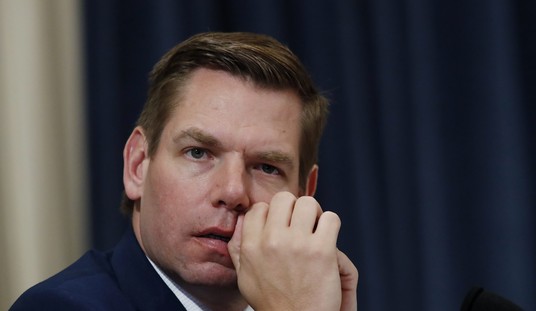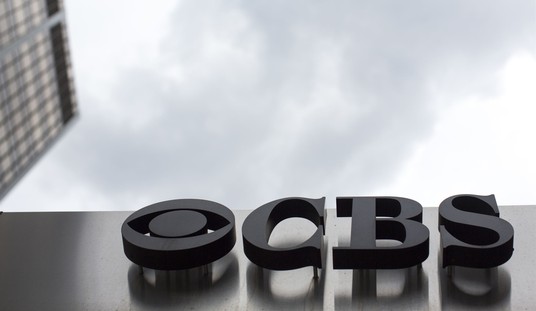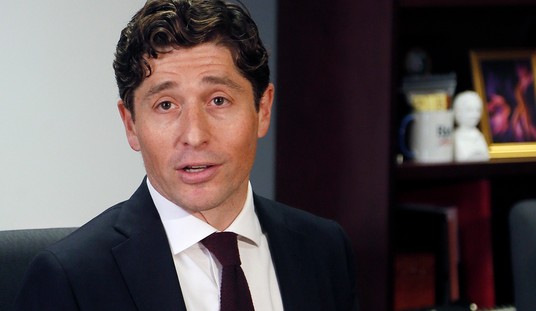We are told this was merely a protest. We are urged to contextualize. To soften. To relativize. To move along.
On the evening of November 19, 2025, Park East Synagogue in Manhattan became the target of organized intimidation that included more than 200 “protesters” there to terrify Jews as they exited their house of worship. What unfolded fits not the language of dissent but the architecture of coercion, and worse—terrorism. A megaphone directive, held by one of the leaders, rang out to the mob with disturbing clarity: “We need to make them scared. We need to make them scared. We need to make them scared.”
The mob chanted back with undeniable bloodlust:
- “From New York to Gaza, globalize the Intifada!”
- “Resistance, you make us proud, take another settler out!”
- “Death to the IDF!”
- “Intifada revolution … There is only one solution: Intifada revolution.”
The strategy was explicit. The goal was fear. It was driven by hate.
This was not protected speech in its pure constitutional sense. This was speech aimed at menacing, threatening, and disrupting religious exercise — conduct squarely addressed by both New York State and federal law.
New York Penal Law § 240.21 (Aggravated Harassment in the First Degree) criminalizes communication intended to harass, annoy, threaten, or alarm another person based on race or religion when it places that person in reasonable fear.
New York Penal Law § 240.30 further expands harassment statutes to cover acts that seriously annoy or alarm another person with no legitimate purpose.
More pointedly, the federal Freedom of Access to Clinic Entrances Act (FACE Act), 18 U.S.C. § 248, explicitly protects individuals exercising religious freedom from intimidation, threat, or force. Houses of worship fall into this protective framework where access is obstructed or worshippers are threatened.
Add to this the constitutional bedrock of the First Amendment’s Free Exercise Clause, reinforced by the Religious Freedom Restoration Act (42 U.S.C. § 2000bb), and the legal clarity becomes unavoidable: Jews leaving a synagogue are not legitimate targets for political theater — and the state has a duty to defend them.
Recommended
And yet, law enforcement was inadequate. The laws sat dormant. The moment passed without the urgency it demanded.
What filled the vacuum was not leadership. It was Mamdani.
Zohran Mamdani’s response was not a rebuke of intimidation but a reframing of Jewish heritage itself as suspect. His language suggested that Jewish gathering space must be scrutinized, contextualized, justified — as if its legitimacy must be granted by an ideological authority. He cast the synagogue event as a “misuse of sacred space” rather than standing unequivocally between worshippers and those who sought to frighten them.
This is not mere political spin. It is a pattern. It’s also foreshadowing.
Mamdani emerges here not as mediator but as provocateur — a political figure who stokes division through moral inversion: recasting victims as instigators, redefining safety as privilege, and suspicion as justice. It is ideological governance masquerading as compassion.
And this is where the deeper pattern reveals itself.
The philosophy underpinning this response bears the unmistakable imprint of Communism: where individual rights bow to ideological conformity and where identity groups are permitted safety only when aligned with the ruling narrative.
In Mamdani’s New York City, sacred space will no longer sacred — it is conditional.
Speech will no longer be free — it will be filtered through political utility.
Citizenship will no longer be equal — it will be tiered according to ideological compliance.
This is not a theoretical abstraction. It is how societies slide.
So the question before New York is not merely electoral. It is civilizational.
What will New York City look like for Jews under Mamdani’s leadership?
For Christians?
For American patriots who believe loyalty to this nation should not require suppression of conscience?
What kind of city is forged when leadership treats faith and heritage as suspect and intimidation as contextual? When the right to worship, practice tradition or express identity must be negotiated through ideological framing rather than protected by law?
Are we crafting a tomorrow that future generations will examine in remorse — asking how we allowed intimidation to be normalized, how democratic pluralism yielded to ideological rigidity, how fear replaced freedom?
History has a pattern, and it is unforgiving to those who ignore it. It records not only the acts of aggressors, but the silence of those who rationalized them.
We will not be distracted.
Not by bureaucratic sleight-of-hand.
Not by media deflection.
Not by rhetorical softening of antisemitism into “activism.”
A synagogue was besieged.
The law was sidelined.
And leadership failed.
The question now is not whether Zohran Mamdani will impose his ideology upon us. The question is whether we will listen — and whether we will remember which path leads to freedom, and which leads quietly to the wrong side of history.

























Join the conversation as a VIP Member